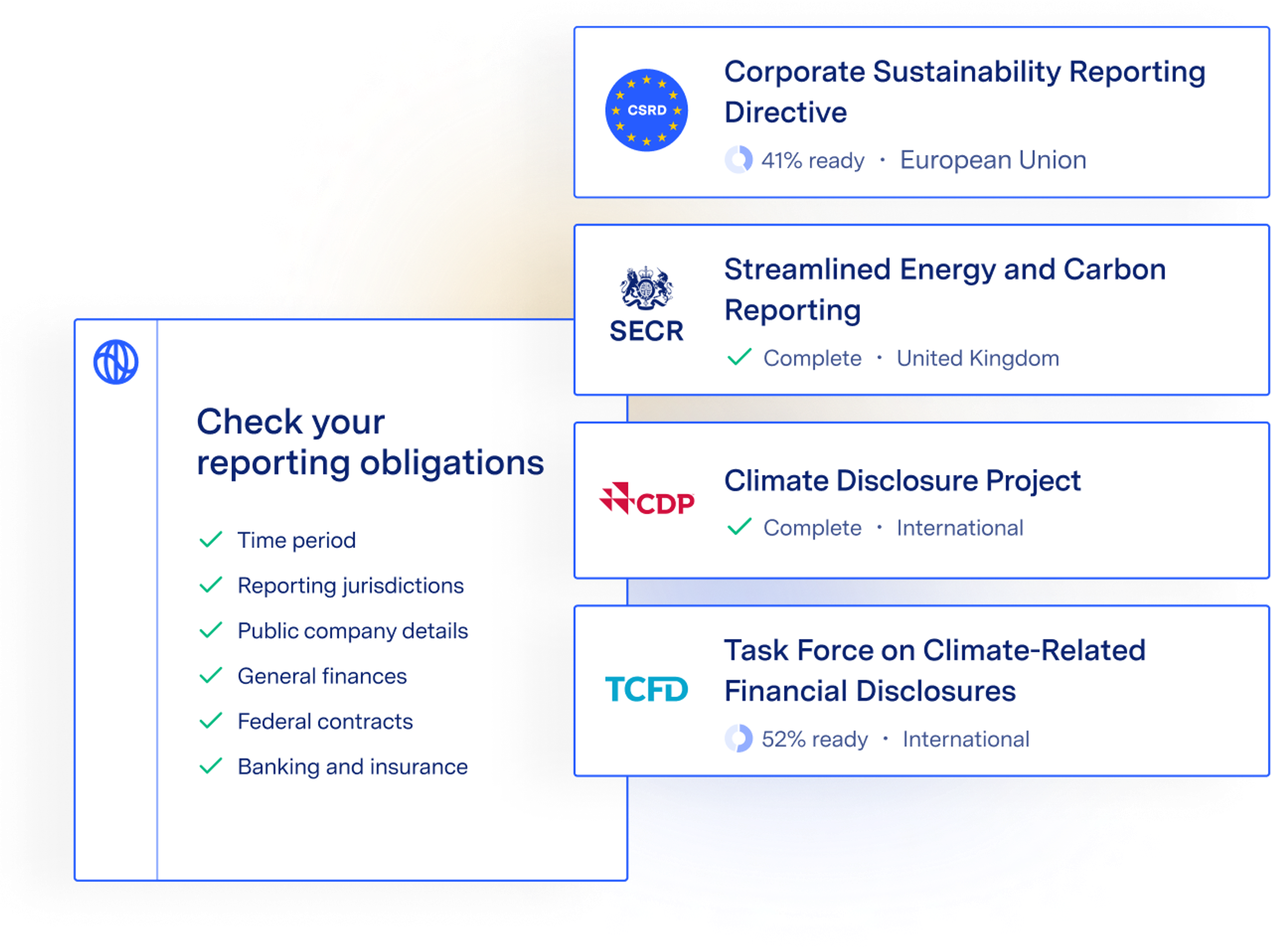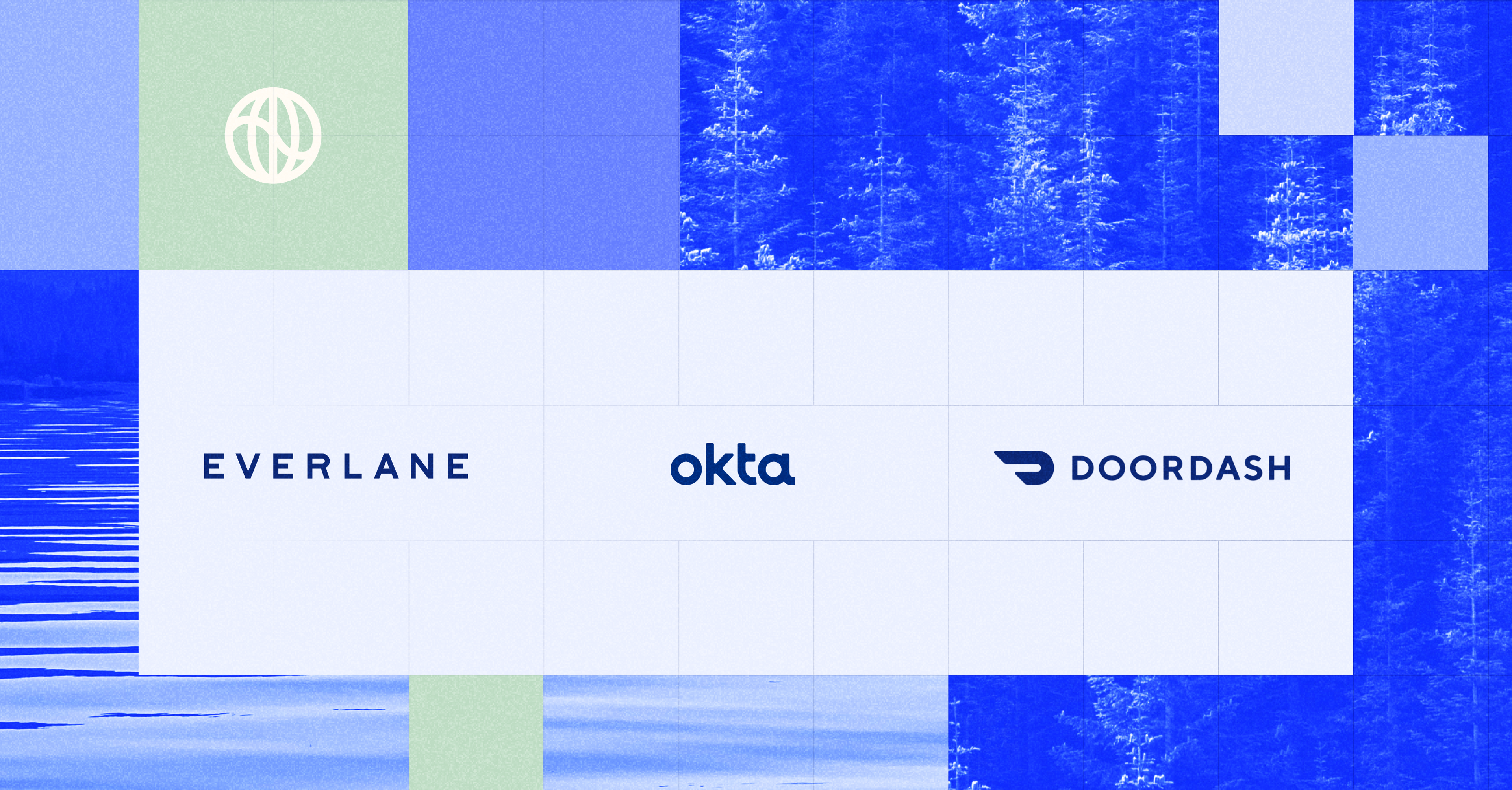Fashion and apparel brands use Watershed to centralize and clean sustainability data, measure Scope 1–3 emissions at corporate, product, and supplier levels, and generate audit-ready reports for CSRD, CDP, TCFD, and more. With robust emissions factors and product-level modeling, teams pinpoint hotspots by material, process, factory, and region, then engage suppliers to collect primary data, compare options, and track progress. Insights loop into PLM and sourcing to inform lower-carbon design choices, while integrated programs help procure clean power, SAF, and high-quality carbon removal—measuring impacts and maintaining full data lineage throughout.
APPAREL & FOOTWEAR
Cleaner products for a sustainable future
Leading apparel companies use Watershed for audit-ready sustainability data that drives real decarbonization.
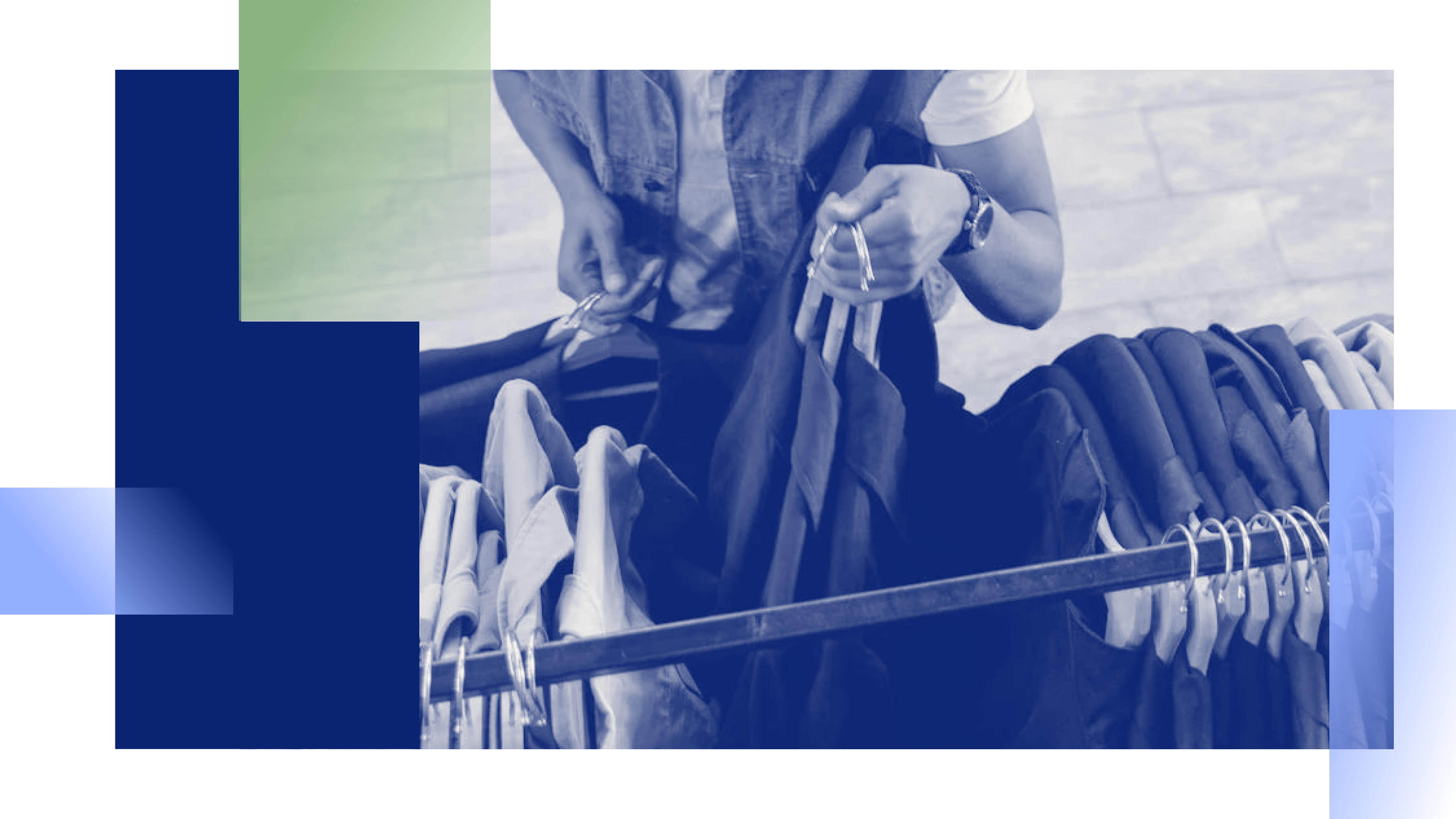
A single source of truth for all your sustainability data
Get granular, reliable Scope 1, 2, and 3 emissions data at the corporate and product levels with the platform trusted by global, industry-leading brands.
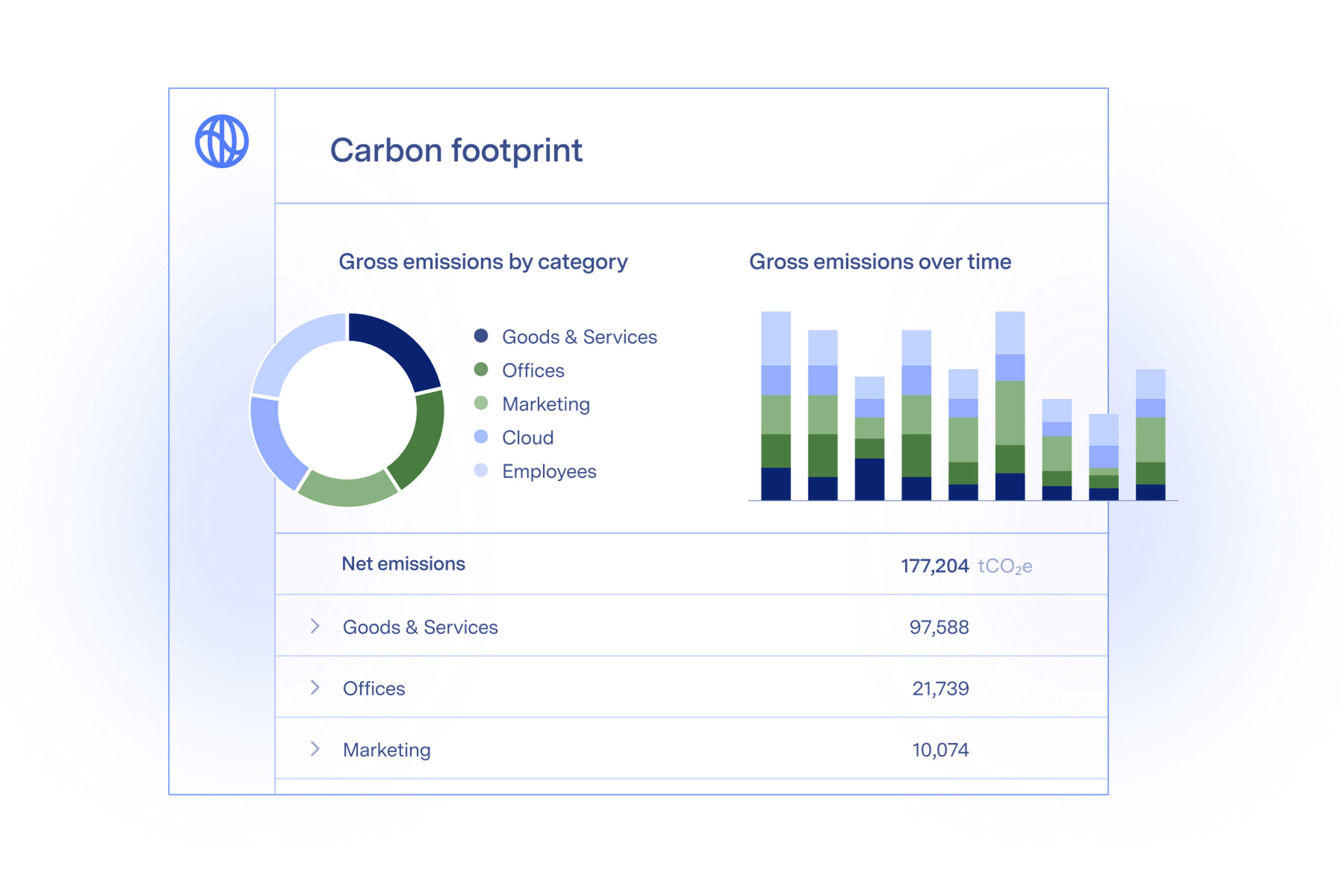
Leading methodologies for apparel and footwear
Access a global database of more than 130K emissions factors and calculate emissions with best-in-class methodologies that are updated and assured each year. Watershed is ISO 14067 compliant. Get flexibility for mass-based, spend-based, or supplier-specific calculations.
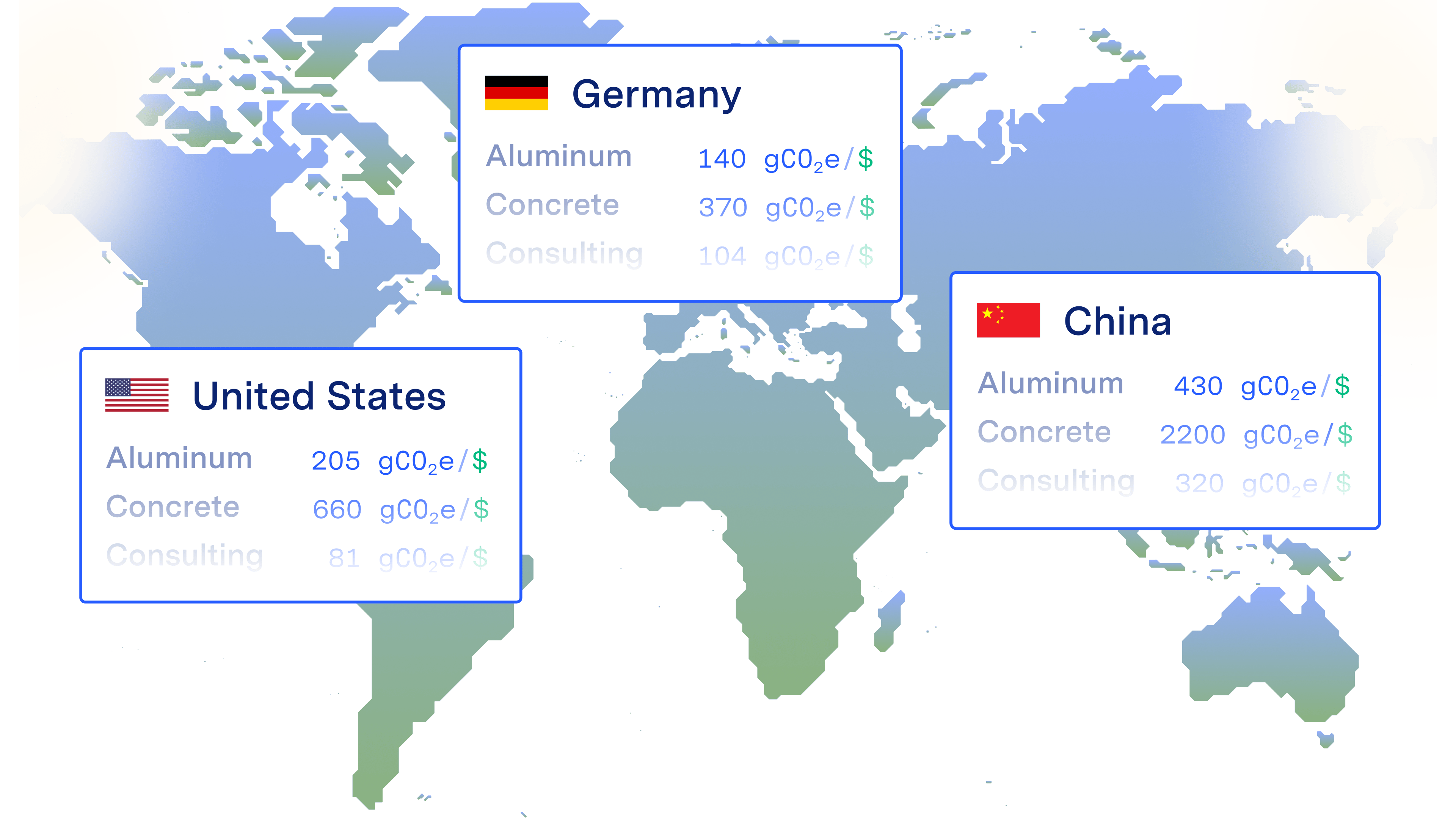
Actionable insights to decarbonize your supply chain
Trace emissions along your supply chain and zoom in on hotspots for a single product, category, material, or supplier. Compare supplier decarbonization opportunities and decompose underlying emissions sources to help suppliers reduce their emissions.

Powerful reporting
Get ahead of climate disclosures with everything you need—including smart workflows, high-quality disclosure examples, and a proprietary risks and opportunities library—to produce investor-grade, audit-ready reports for CSRD, TCFD, CDP, and more.
